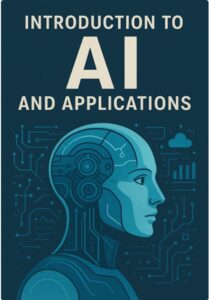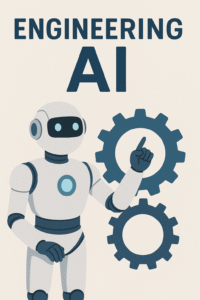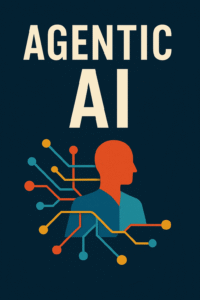Generative artificial intelligence, or GenAI, is the latest technological advancement that has captured the attention of businesses worldwide. Promising to revolutionize operations, employee workflows, and daily life, GenAI is heralded as a new era in industrial evolution. However, for companies where data isn’t intrinsically part of the culture, the challenge lies in effectively integrating and leveraging GenAI’s capabilities. This article outlines a practical approach to help such companies successfully embark on their GenAI journey.
Four Essential Strategies for Implementing GenAI
- Identify High-Impact Use Cases Many companies dive into GenAI with a scattergun approach, trying various applications to see what sticks. This method is resource-intensive and often inefficient. Instead, businesses should focus on specific use cases that promise measurable impact. Whether it’s enhancing the customer buying journey or providing sales teams with actionable insights before meetings, targeted applications are crucial. Collaborating with experienced partners can tailor GenAI strategies to specific, scalable projects, ensuring team adoption and successful outcomes.
- Build Robust Generative Relational Databases Every piece of data holds potential value, even those not fitting neatly into traditional formats. Clean, error-free traditional data—such as names, numbers, and sales figures—is foundational. Beyond that, GenAI excels at parsing unstructured data like images, videos, audio, and handwritten notes. Combining these into Generative-Ready Datasets (GRDs) is essential. GRDs train the Large Language Models (LLMs) powering GenAI. Establishing a strong GRD strategy from the start prevents errors from scaling and ensures readiness for industrial-scale GenAI usage across all business functions.
- Integrate GenAI and AI Strategies Experimentation and exploration are part of the GenAI journey, but industrialization follows successful proof-of-concept validations. This requires addressing sensitive issues like intellectual property protection and personal data management upfront. Setting appropriate guardrails is crucial to avoid reputational risks and operational pitfalls. Partnering with trusted advisors who can foresee potential challenges and navigate complex issues is invaluable.
- Define Industrialization Excellence Scaling GenAI requires a platform that users find intuitive and effective. A simple user interface and positive user experience are vital for full adoption. Equally important is securing buy-in from business users through effective change management, fostering trust in AI models. Establishing a partner who understands your industrialization goals and can define best practices is critical. Success is not limited to acquiring more customers; internal efficiencies discovered through GenAI can be equally transformative.
Sustaining GenAI Success
Once a GenAI strategy is operational, continuous vigilance is necessary to maintain responsible usage. This includes stringent security measures, regular monitoring of analysis models, user controls, and compliance checks. Clear documentation of ownership, oversight, and approval processes at every stage is crucial, especially when incorporating third-party models.
Addressing biases in model training is another key responsibility. Human opinions, while valuable, should not constrain the model’s ability to uncover significant insights. Ensuring that models are transparent and traceable aids in governance, model refinement, and accountability.
Conclusion
Achieving a robust and effective GenAI strategy is a significant undertaking. However, with the right approach and experienced partners, companies can transform their operations, drive innovation, and unlock new efficiencies. Since 2010, Axtria has been at the forefront of helping clients leverage data for better decision-making. Our expertise, particularly in life sciences, underscores the profound impact of effectively implemented GenAI strategies in saving lives and enhancing business performance.
By following these strategies and remaining committed to responsible GenAI usage, companies can turn the promises of GenAI into practical, scalable, and impactful production solutions. Whether enhancing customer experiences or optimizing internal processes, the potential of GenAI is vast and ready to be harnessed.
Base Article : Generative AI: How to Move from Promises to Production











